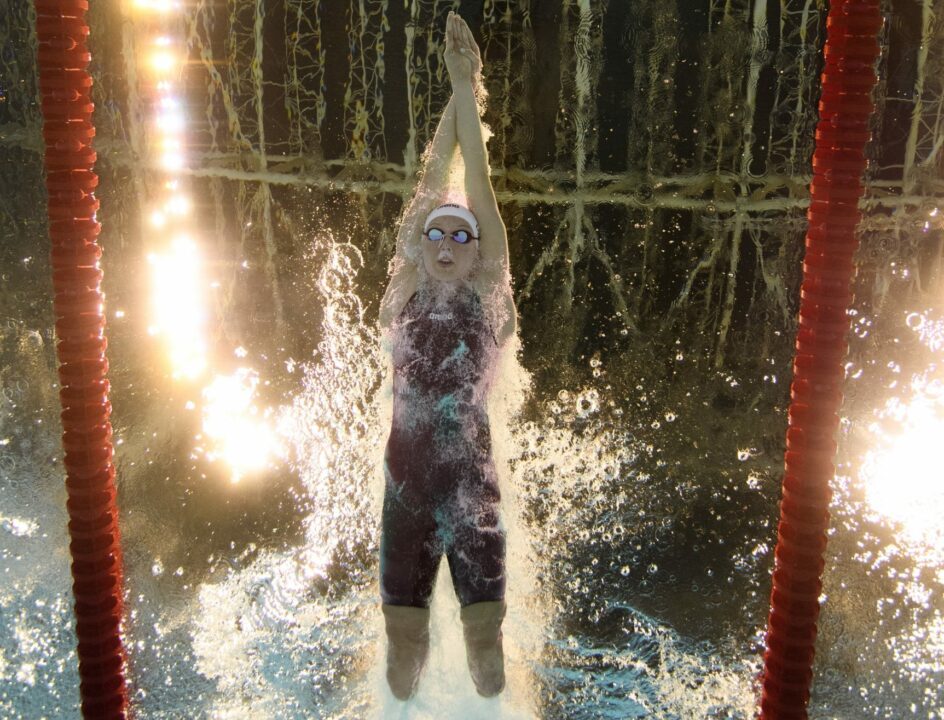In mid-May, researchers collaborated with Italian para swimmers to add data to a large-scale project about para swimming. The project, funded by World Para Swimming and UK Sport, looks to measure the effects that physical impairment has on a swimmer’s athletic performance. This data can then help to revise the current classification system for para swimmers.
Four researchers carried out their work in Italy– Prof. Carl Payton and Dr. Hannah Jarvis from Manchester Metropolitan University (GBR) and Prof. Brendan Burkett and Dr. Luke Hogarth from the University of Sunshine Coast (AUS). They worked with 19 different Italian swimmers, some of which were Rio Paralympic medalists. Data collection included water-based measures including 3-D video analysis, tethered swimming and drag analysis, and land-based measures of range of motion, strength and co-ordination.
“We had a fantastic time in Italy,” said Dr. Jarvis. “The swimmers, coaches and support team definitely made the trip for us. They were all excellent to work with and we cannot thank them enough. The data we collected there will be instrumental in informing this research project.”
“We were very excited to participate in the test sessions,” said Italian Paralympic medalist Francesco Bettella. “We are very happy to give our contribution to a study that can be useful to draw up a new classification system and at the same time we are curious about the results. Personally, I’m very happy to have met the scientists and have exchanged some ideas.”
The Italy trip is just the first of multiple further data collection trips planned for the year.

Same people who have LP training under their noses and can’t see there is a problem.
What a joke.
They just missed looking at Monica Boggioni, previously an S6, just been reclassified as an S4, just broke 3 world records, says in below article, in her own words that she couldn’t move her arms well so was given an S1 classification at the bench test then when she got in the water, which then her arms worked and she was given an S4 classification. She has dystonia, same as Leanne Smith. Both were S6’s, both reclassified to S4’s. Both have same condition. Yet Boggioni can walk, Smith can’t so how they both be S4?????
Look at this article https://translate.google.com.au/translate?hl=en&sl=it&u=http://www.swim4lifemagazine.it/2017/06/01/dal-sogno-alla-realta-il-passo-e-breve-chiedete-a-monica-boggioni/&prev=search
This process is yielding a two-tiered classification system… those who’ve been classified by the “old methods” and those undergoing more data-driven classification. This is proving to be problematic for some swimmers who are confused as to why someone with the “same” disability as they have is classified one way, while they are classified another. With this new classification protocol, IPS would be wise to run all swimmers competing at an international level through this new classification protocol… it would yield some interesting results.